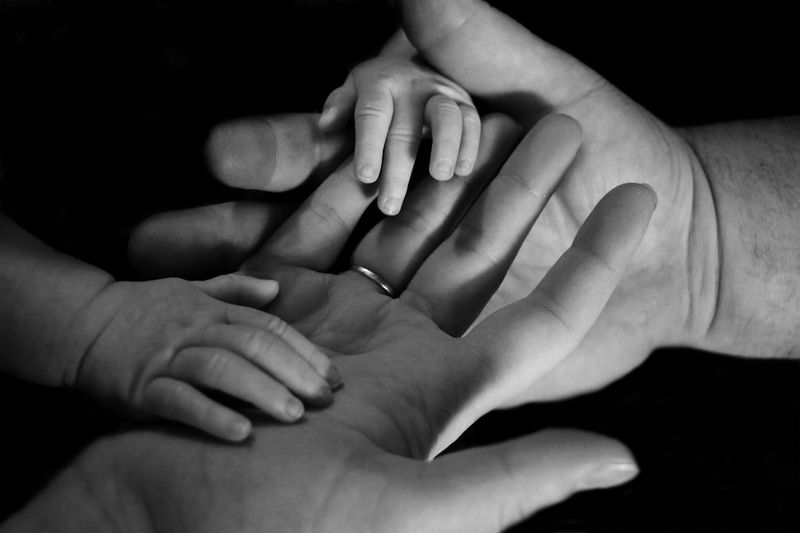A Chronicle of a Family‘s Pain: Reviewing “Take Care of Maya“
A Gripping and Disturbing Documentary
“Take Care of Maya,” directed by Henry Roosevelt, is a gripping and disturbing documentary that chronicles the harrowing experience of the Kowalski family. In 2016, 10-year-old Maya Kowalski was rushed to the pediatric emergency room in St. Petersburg, Florida, for extreme pain. Little did she know that she would be held in the hospital for three months under a state-issued shelter order, and worse, barred from seeing her own parents.
The documentary primarily unfolds from the Kowalskis’ perspective, relying on court testimonies, Maya‘s father’s recollections, and various video, audio, and written records. It aims to shed light on the events that unfolded during Maya‘s hospitalization and the subsequent aftermath. However, while the film delves into a thorny jumble of issues—ranging from a rare pain syndrome to a controversial medical regimen and a dubious child welfare system—it falls short of providing a comprehensive analysis of the circumstances that led to the Kowalski family‘s troubles.
Sensationalism Over Rigor
One of the significant drawbacks of “Take Care of Maya” is the director’s approach to the material, which prioritizes sensationalism over rigor. Every minute of the film is charged with tension, leaving the audience feeling emotionally drained. Scenes appear to be shaped with the intent to scandalize, rather than enlighten. While this intensifies the viewing experience, it ultimately sacrifices the necessary rigor required to fully comprehend the complexities of the situation.
For example, the film briefly mentions the relationship between Florida’s hospitals and the privatized child welfare companies that serve them but fails to delve deeper into this issue. Exploring these ties could have provided valuable insights into the systemic flaws within the child welfare system. By omitting such important aspects, the documentary misses an opportunity to offer a more comprehensive analysis and provoke much-needed discussions.
The Impact of Profound Trauma
While “Take Care of Maya” is undoubtedly grueling, it also falls short in providing the precision and perspective essential for deriving insight from profound trauma. Maya‘s case raises crucial questions about medical child abuse, the role of healthcare professionals, and the potential dangers of misdiagnoses. These are profound and complex subjects that require careful analysis and exploration.
By focusing predominantly on the Kowalski family‘s perspective, the film misses an opportunity to engage with experts in the field, delve into case studies, and provide a well-rounded understanding of the broader issues at play. Instead, it reduces the events to a personal narrative, leaving viewers craving a deeper examination of the societal implications and potential policy reforms.
An Unmissable Opportunity for Reflection
Despite its limitations, “Take Care of Maya” remains a thought-provoking documentary that sheds light on the painful experiences of the Kowalski family. It serves as a reminder of the impact profound trauma can have on individuals and communities, as well as the urgency for comprehensive reform within the child welfare system.
As viewers, we must approach this film with a critical eye, recognizing its shortcomings but also appreciating its ability to spark conversations surrounding medical child abuse, the flaws within the child welfare system, and the need for improved support and resources for families in crisis. The Kowalski family‘s story serves as a catalyst for change, prompting us to reflect on our collective responsibility to protect and support vulnerable children and their families.
Conclusion
“Take Care of Maya” is a haunting documentary that presents the heartbreaking story of the Kowalski family‘s struggle with the child welfare system. While it may fall short of thoroughly dissecting the intricacies of the case, it serves as a powerful reminder of the need for compassion, understanding, and systemic change when it comes to safeguarding the well-being of children in crisis. This film should not be missed and should prompt viewers to engage in larger discussions about the shortcomings of our current child welfare systems and how we can work together to create a more just and supportive environment for vulnerable families.

<< photo by Liv Bruce >>
The image is for illustrative purposes only and does not depict the actual situation.
You might want to read !
- The Curious Case of Hamish Harding: Unraveling the Mystery of the Missing British Adventurer on the Titanic Sub
- “Underwater Search and Rescue: Operation in Motion to Find Submersible …”
- Exploring the Depths: The Search for the Sunken Titanic Tourist Submarine
- Kourtney Kardashian’s Pregnancy Announcement Rocks the Blink-182 Concert
- Fear and Tragedy: Unraveling the Motives Behind the Washington Gorge Mass Shooting
- The Battle for New York: Live Streaming the Yankees vs. Mets Game
- “Adipurush Telugu Movie Review: Unveiling the Epic Battle of Good and Evil”
- “Adipurush: Will It Shatter Box Office Records with Its Massive Opening?”
- “Exploring the Cultural Impact: Adipurush Movie Release and Review Live Updates”




